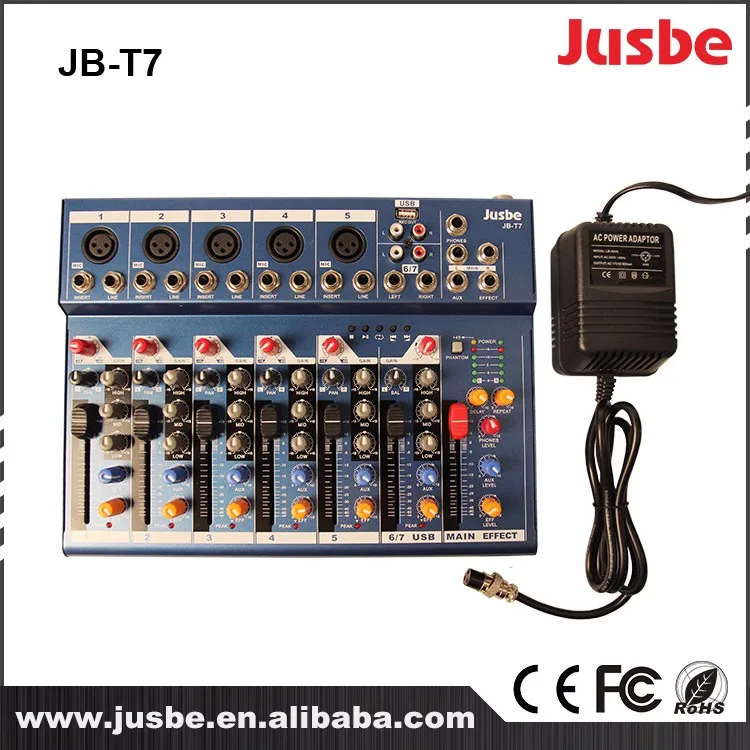
As can be seen from the diagram, not all play (wave out) devices can be routed to every physical output, though this is not a restriction that will cause a problem, but one that needs planning. The different mixers route those color coded devices to the relevant physical output. When a second card is added, Play 1, 2 3, and 4 of the second card become Wave Out 5, 6, 7 and 8.Ĥ Each of the Wave Out and Line Input devices are color coded. The Restore Default Assignment button will try to ascertain a default setting, however this should not be relied upon as some audio cards display their record devices before the playback devices or you may wish to route to the second audio output.ģ PLAY 1 = RED (WAVE OUT 1) LINE OUT 1 MIXER PLAY 2 = ORANGE (WAVE OUT 2) PLAY 3 = YELLOW (WAVE OUT 3) LINE OUT 2 MIXER PLAY 4 = GREEN (WAVE OUT 4) LINE OUT 3 MIXER LINE OUT 4 MIXER DARK ORANGE = LINE IN 1 MANUALLY SELECT RECORD INPUT DARK GREEN = LINE IN 2 GREY = LINE IN 3 INPUT (RECORD) LEVEL VOLUME Audio Science Mixer Application Play 1, 2, 3 and 4 are displayed as 1 Wave Out, 2 Wave Out, 3 Wave Out and 4 Wave Out in Simian. You should go through ALL the Playback Devices displayed and check that they are all configured correctly. Again, ensure the correct Line Output is selected for each device. Make sure you have selected the correct physical output otherwise Simian will be fading up and down the wrong audio mixer! Finally, the Meter Assignment tells Simian which meters on the audio card to display while playing through the selected Playback Device. This is an important step as the cards that have multiple physical outputs, have a Play 1, 2, 3 and 4 controls for each physical output. Where the audio card has multiple physical outputs, there will be a Line Out 1, 2 (and 3 and 4 if the card supports it).


These correspond to the mixers on the Audio Science Mixer application (see diagram below). Now choose the Mixer to assign to the Playback Device that you have selected. The Wave Out number will increment depending how many cards are installed as discussed before. With ASI cards, you ll see a 1 followed by the model number for the first card, 2 for the second etc. To bring up the settings, click the View Assignments button from Simian s Hardware Settings The Playback Device is the Wave Output device on the audio card.

The illustration shows a typical Simian setup with an ASI audio card, we would normally recommend that the on-board sound card (shown here) is disabled in system BIOS.Ģ Fader and Meter Assignments Simian needs to know which mixer and volume control to associate with each of the audio devices, so that it can fade out mixers and accomplish voice-track ducking. The Auxiliary and Voice Track Decks are configured in a similar way, but this time from a drop-down box instead of a list of check-boxes.

Under normal circumstances, you should make sure that you only have 1 (device) selected for each Deck. The Async Deck is also known as Simian s Deck 4, this normally hidden deck is where Hot Keys and Triggers are played. In the Main Deck Assignments (Simian s main decks 1, 2 and 3), you ll only see two audio card devices at a time you ll need to scroll through the list to select the correct devices. When multiple ASI cards are installed, the Wave Out devices will continue to increment, so the second card will have Wave Outs 5, 6, 7 and 8 the third 9, 10, 11, 12 etc. The ASI cards are easily identified by their model number, followed by 1 Wave Out, 2 Wave Out, 3 Wave Out, 4 Wave Out etc. 1 Audio Science Sound Card Configuration for Simian To assign which audio devices Simian uses, go to the Tools, Hardware Options to bring up the screen shown below.


 0 kommentar(er)
0 kommentar(er)
